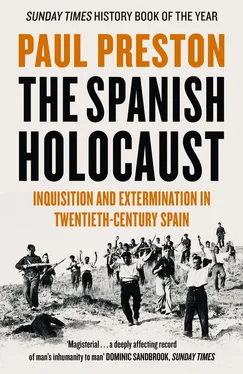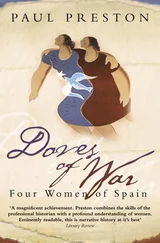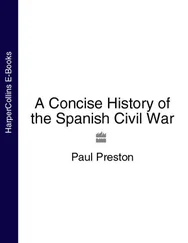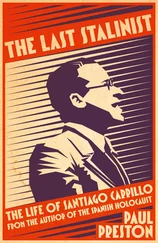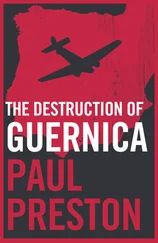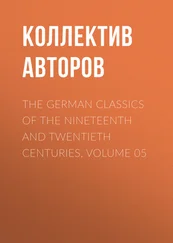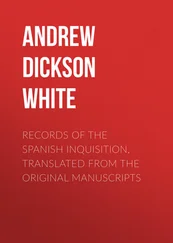Finally, in a mood of acute exasperation, the FNTT reluctantly decided on a strike. The first announcement of a possible strike was accompanied by an appeal to the authorities to impose respect for the work agreements and for equitable work-sharing. 48The UGT executive committee advised the FNTT against calling a general strike of the peasantry for three reasons. In the first place, the harvest was ready at different times in each area, so any single date for the strike would lead to problems of co-ordination. Secondly, a general strike, as opposed to one limited to large estates, would cause hardship to leaseholders and sharecroppers who needed to hire one or two workers. Thirdly, there was concern that the provocative actions of the owners and the Civil Guard could push the peasants into violent confrontations which they could only lose. At a series of joint meetings throughout March and April, the UGT executive tried to persuade the FNTT leadership to move to a narrower strategy of staggered, partial strikes. The UGT pointed out that a nationwide peasant strike would be denounced by the government as revolutionary and risked a terrible repression, and Largo Caballero made it clear that there would be no solidarity strikes from industrial workers. 49
The FNTT leadership was caught between two fires. Zabalza and his comrades were fully aware of the dangers but they were under extreme pressure from a hungry rank and file pushed beyond endurance by the constant provocation of caciques and Civil Guard. For example, at Fuente del Maestre in Badajoz, union members returning from celebrating May Day in the country were singing the ‘Internationale’ and shouting revolutionary slogans. When stones were thrown at the houses of the richer landowners, the Civil Guard opened fire, killing four workers and wounding several more. A further forty were imprisoned. 50In the province of Toledo, FNTT affiliates found it almost impossible to get work. Those who did find a job had to accept the most grinding conditions. The agreement on wages and conditions had decreed 4.50 pesetas for an eight-hour day. The owners were in fact paying 2.50 pesetas for sun-up to sun-down working. In parts of Salamanca, wages of 75 céntimos were being paid. 51
The desperation of the hungry workers in the face of what they saw as the stony-hearted arrogance of the landowners led to minor acts of vandalism. The throwing of stones at landowners’ clubs (casinos) in several villages was redolent of impotent frustration. It came as no surprise when the FNTT executive told the UGT that it could no longer resist their rank and file’s demand for action and could not just abandon them to hunger wages, political persecution and lock-out. As El Obrero de la Tierra declared, ‘All of Spain is becoming Casas Viejas.’ On 28 April, the FNTT had appealed to the Minister of Labour to remedy the situation simply by enforcing the existing laws. When nothing was done, the FNTT national committee decided on 12 May to call strike action from 5 June. The strike declaration was made in strict accordance with the law, ten days’ notice being given. The manifesto pointed out that ‘this extreme measure’ was the culmination of a series of useless negotiations to persuade the relevant ministries to apply the surviving social legislation. Hundreds of appeals for the payment of the previous year’s harvest wages lay unheard at the Ministry of Labour. All over Spain, the work conditions agreed by the mixed juries were simply being ignored and protests were repressed by the Civil Guard. 52
The preparation of the strike had been legal and open and its ten objectives were hardly revolutionary. There were two basic aims: to secure an improvement of the brutal conditions being suffered by rural labourers and to protect unionized labour from the employers’ determination to destroy the rural unions. The ten demands were (1) application of the work agreements; (2) strict work rotation irrespective of political affiliation; (3) limitation on the use of machinery and outside labour, to ensure forty days’ work for the labourers of each province; (4) immediate measures against unemployment; (5) temporary take-over of land scheduled for expropriation by the Institute of Agrarian Reform, the technical body responsible for the implementation of the 1932 agrarian reform bill, so that it could be rented to the unemployed; (6) application of the law of collective leases; (7) recognition of the right of workers under the law of obligatory cultivation to work abandoned land; (8) the settlement before the autumn of those peasants for whom the Institute of Agrarian Reform had land available; (9) the creation of a credit fund to help the collective leaseholdings; and (10) the recovery of the common lands privatized by legal chicanery in the nineteenth century. The FNTT leader Ricardo Zabalza was hoping that the threat of strikes would be sufficient to oblige the government to do something to remedy the situation of mass hunger in the southern countryside. Certainly, the prospect of a strike led the Minister of Labour to make token gestures, calling on the mixed juries to elaborate work contracts and on government labour delegates to report the employers’ abuses of the law. Negotiations were also started with FNTT representatives. 53
Salazar Alonso, however, was determined not to lose his chance to aim a deadly blow at the largest section of the UGT. In his meetings with the head of the Civil Guard General Cecilio Bedia and the Director General of Security Captain Valdivia, he had started to make specific plans for the repression of such a strike. 54Accordingly, just as Zabalza’s hopes of compromise negotiations between the FNTT and the Ministers of Agriculture and Labour were coming to fruition, Salazar Alonso issued a decree criminalizing the actions of the FNTT by declaring the harvest a national public service and the strike a ‘revolutionary conflict’. All meetings, demonstrations and propaganda connected with the strike were declared illegal. Draconian press censorship was imposed. El Obrero de la Tierra was closed down, not to reopen until 1936. In the Cortes debate on Salazar Alonso’s tough line, the CEDA votes, along with those of the Radicals and the monarchists, ensured a majority for the Minister of the Interior. Nevertheless, the points raised in the debate starkly illuminated the issues at stake.
José Prat García, PSOE deputy for Albacete, in a reasoned speech to the Cortes, pointed out the anti-constitutional nature of Salazar Alonso’s measures. He reiterated that the FNTT had followed due legal process in declaring its strike. The application of existing legislation would have been sufficient to solve the conflict, claimed Prat, but Salazar Alfonso had rejected a peaceful solution and resorted to repression. The Minister replied aggressively that, because the FNTT’s objective was to force the government to take action, the strike was subversive. When he stated, falsely, that the government was taking steps against owners who imposed hunger wages, José Prat replied that, on the contrary, he had frustrated all attempts at conciliation, by overruling the negotiations between the FNTT and the Ministers of Labour and Agriculture. Prat concluded by stating that the strike aimed only to protect the rural labourers and to end situations such as that in Guadix (Granada) that had reduced workers to eating grass. José Antonio Trabal Sanz, of the Catalan Republican Left, declared that Salazar Alonso seemed to regard the wishes of the plutocracy and the national interest as synonymous. Cayetano Bolivar, Communist deputy for Málaga, claimed that the government’s provocation was closing the doors of legality and pushing the workers to revolution. When Bolivar mentioned the workers’ hunger, a right-wing deputy shouted that he and the rest of the majority were also hungry and the debate ended. 55
Читать дальше
